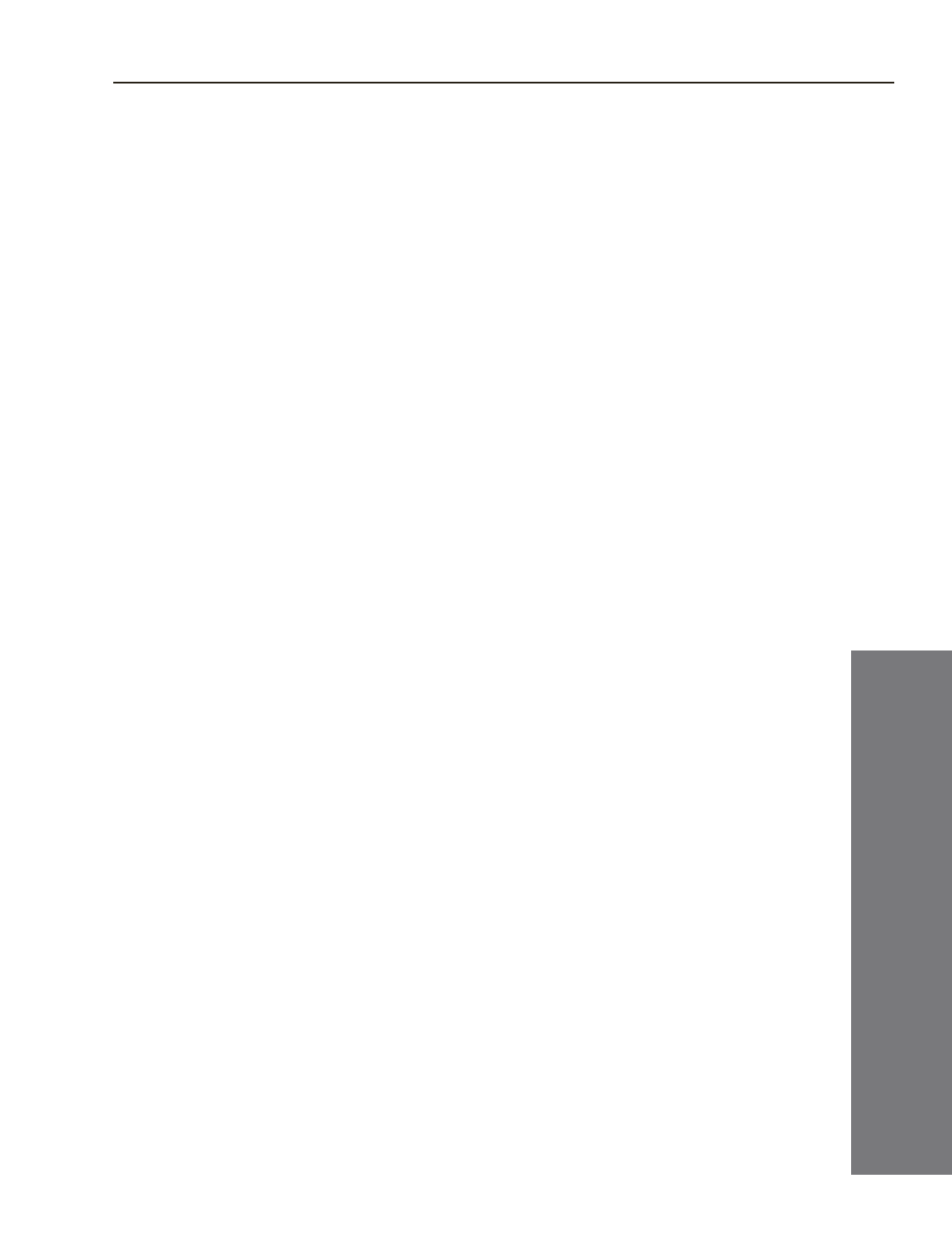

145
Art
Course Descriptions
2015-2016 Catalog
4
THREE-DIMENSIONAL DESIGN
3 units, 2 lecture hours, 4 lab hours,
(Pass/No Pass)
ADVISORIES: Eligibility for English 126.
This course will be a study of the formal elements
and principles of the visual language in three-dimensional
design. This will include the theory and the practice of these
elements and principles as they apply to three-dimensional
space and form. The projects in this class will incorporate
a variety media including plaster, paper, wood, clay, metal,
cement and the use of digital technology. (A, CSU, UC) (C-
ID ARTS 101)
5
ART HISTORY 1
3 units, 3 lecture hours, (Pass/No Pass)
ADVISORIES: Eligibility for English 125 and 126.
This course examines the history of cultural
production and visual aesthetics including two- and three-
dimensional art and architecture from Prehistory through
the Gothic Period. (A, CSU-GE, UC, I) (C-ID ARTH 110)
6
ART HISTORY 2
3 units, 3 lecture hours, (Pass/No Pass)
ADVISORIES: Completion of English 125 and 126
or eligibility for English 1A.
This course examines the history of cultural
production and visual aesthetics including two and three
dimensional art and architecture from the early renaissance
through the end of the twentieth century. (A, CSU-GE, UC,
I) (C-ID ARTH 120)
6H
HONORS ART HISTORY 2
3 units, 3 lecture hours
ADVISORIES: Completion of English 125 and 126
or eligibility for English 1A. Enrollment in Honors Program.
This course examines the history of cultural
production and visual aesthetics including two and three
dimensional art and architecture from the early renaissance
through the end of the twentieth century. As an honors
section, the class will be conducted as a seminar with an
emphasis on student projects. (A, CSU-GE, UC, I) (C-ID
ARTH 120)
7
BEGINNING DRAWING
3 units, 2 lecture hours, 4 lab hours, (Pass/No
Pass)
ADVISORIES: Eligibility for English 125 and 126.
This course will focus on developing basic skills
in objective, representational, freehand drawing in various
two-dimensional media. Through lecture and studio practice,
students will explore representational, abstract, non-objective,
and conceptual approaches to drawing. This course will
also introduce the visual language of drawing, composition
(the Elements and Principles of Design), historical and
contemporary rendering techniques and drawing as creative
personal expression. (A, CSU, UC) (C-ID ARTS 110)
9
BEGINNING PAINTING: OIL
AND ACRYLIC
3 units, 2 lecture hours, 4 lab hours, (Pass/
No Pass)
ADVISORIES: Eligibility for English 125, 126,
and Mathematics 201.
This course is an exploration of the creative act of
painting using representational, abstract and non-objective
forms. Emphasis is placed on the fundamentals of composition
and the ability to handle materials. Students will learn basic
color theory, value, line, shape, texture and techniques
including direct paint application, glazing, brush strokes and
impasto. Issues concerning canvas stretching, brush cleaning,
mixing glazes and toxicity are addressed. Through lecture and
studio practice, students gain introductory skills in painting
within the context of an historical perspective. (A, CSU, UC)
(C-ID ARTS 210)
10
BEGINNING CERAMICS
3 units, 2 lecture hours, 4 lab hours, (Pass/No
Pass)
ADVISORIES: Eligibility for English 126 and
Mathematics 201.
This class will be an introduction to the ceramic
arts. Through lecture, demonstrations and practical
application, students will explore the forms, techniques
and cultural influences of ceramic art throughout history.
Students will learn to create pottery from the potter’s wheel
and from a variety of hand building techniques. Students
will also be introduced to glazing and firing techniques. (A,
CSU-GE, UC)
13
BEGINNING WATERCOLOR
PAINTING
3 units, 2 lecture hours, 4 lab hours, (Pass/No
Pass)
ADVISORIES: Eligibility for English 125 and 126.
Emphasis is on developing basic skills in watercolor
painting. Through lecture and studio practice, students learn
representational, abstract, non-objective, and conceptual
approaches/techniques to painting. Traditional and
experimental techniques are explored. (A, CSU)
















